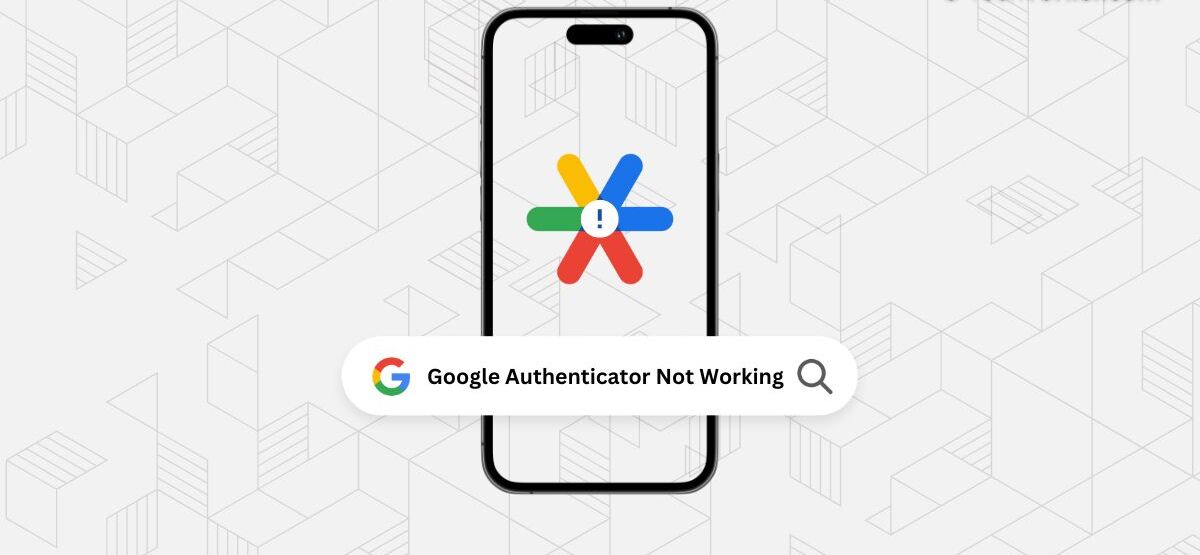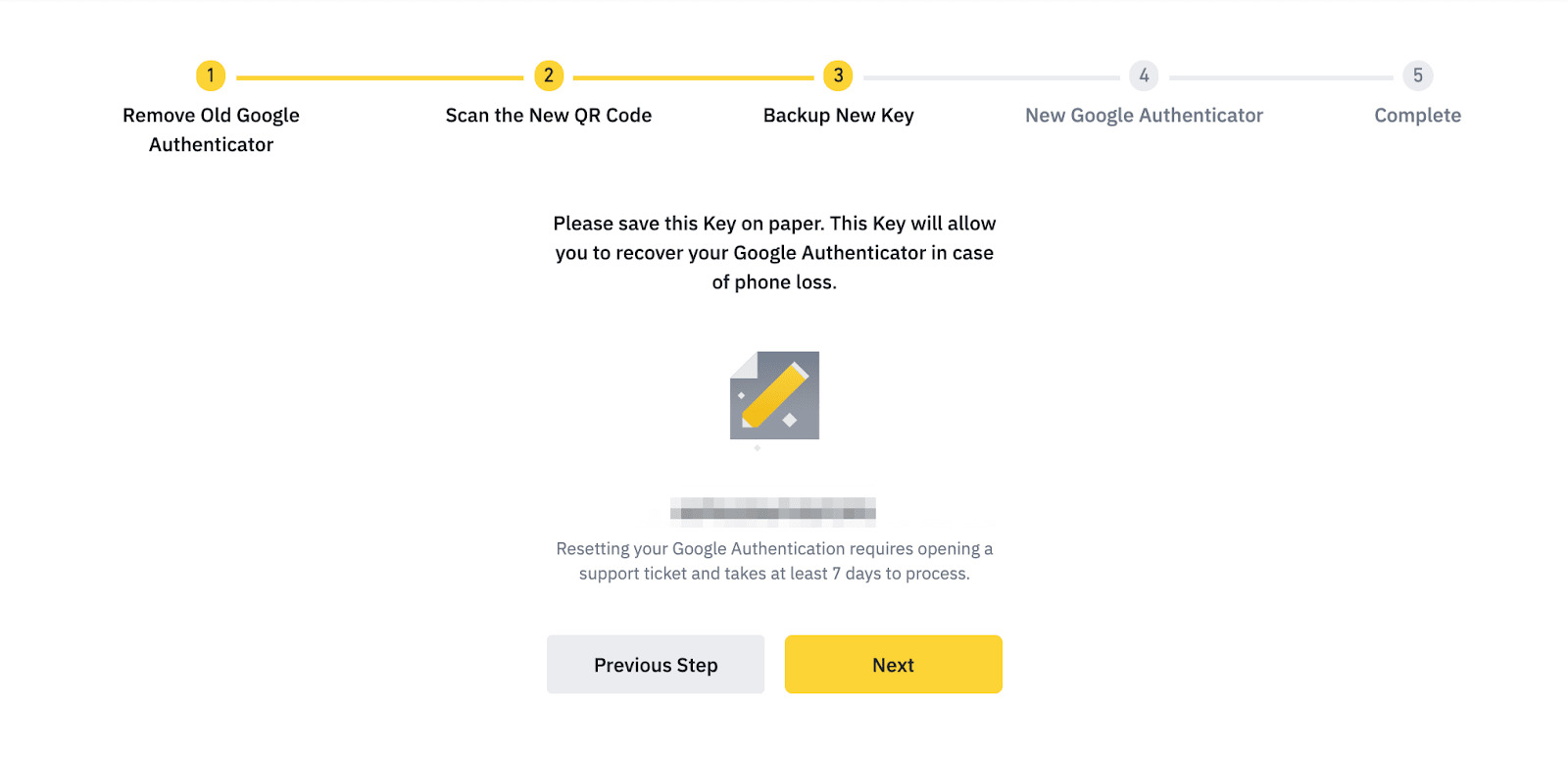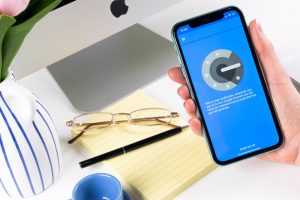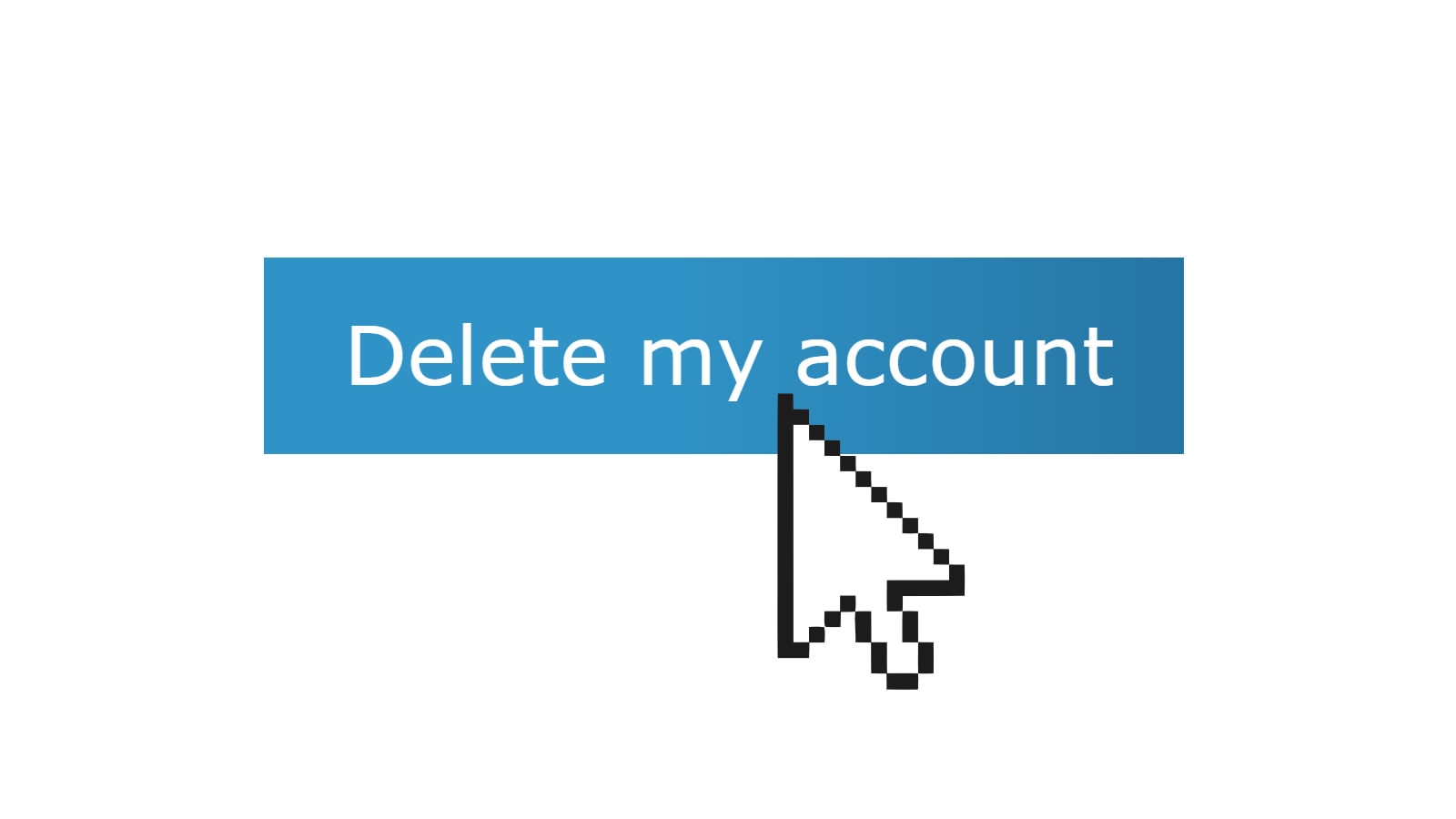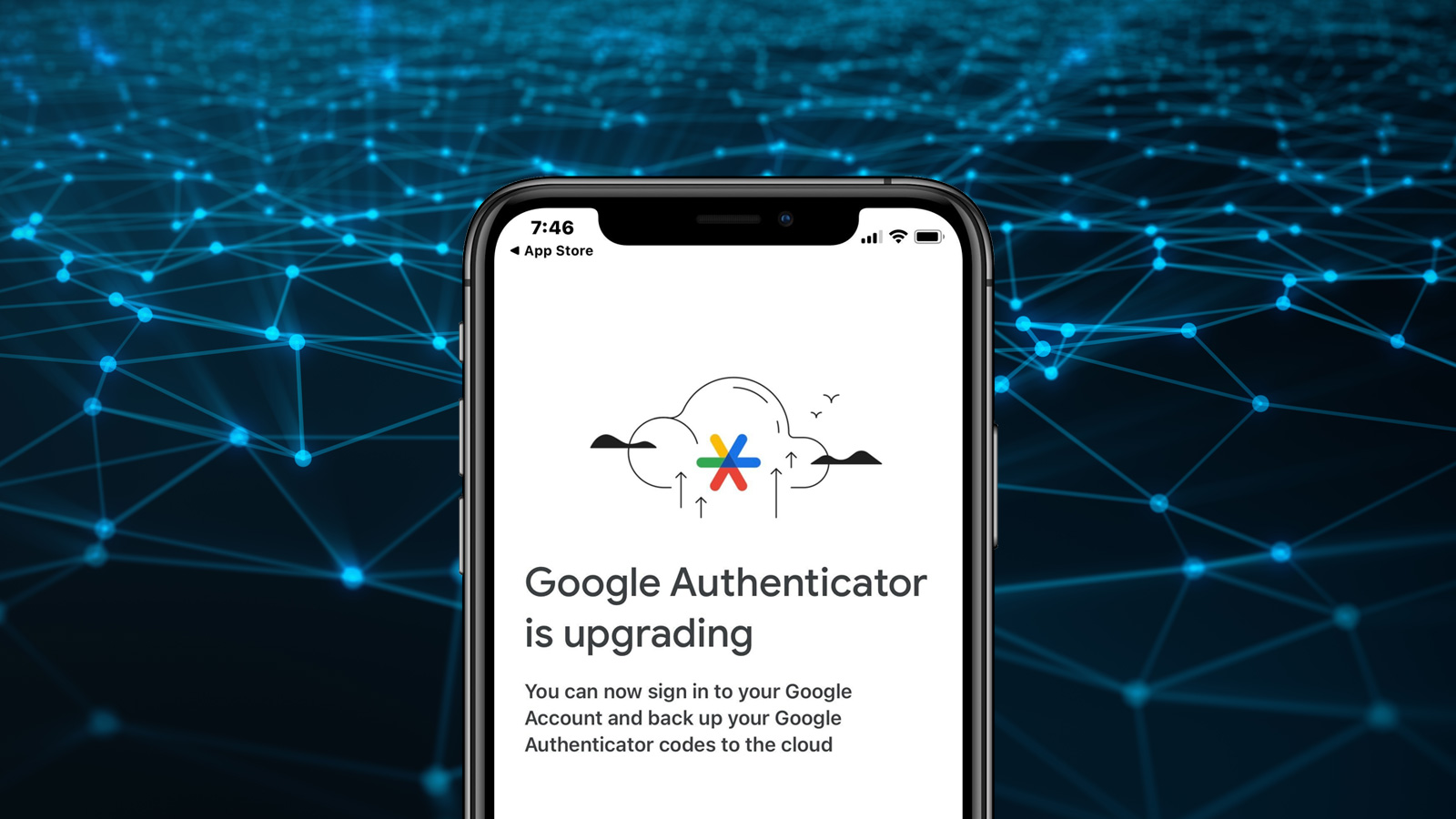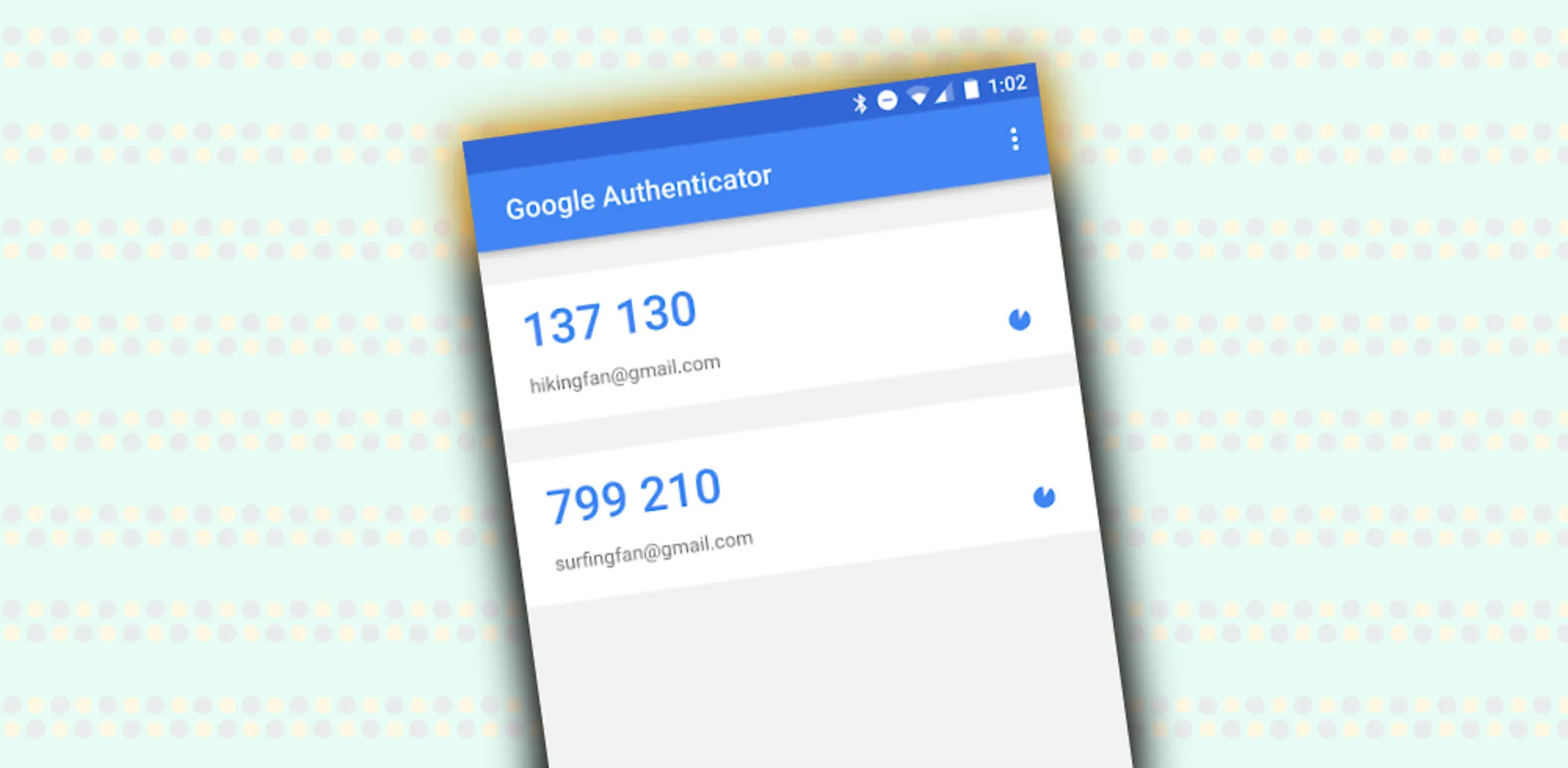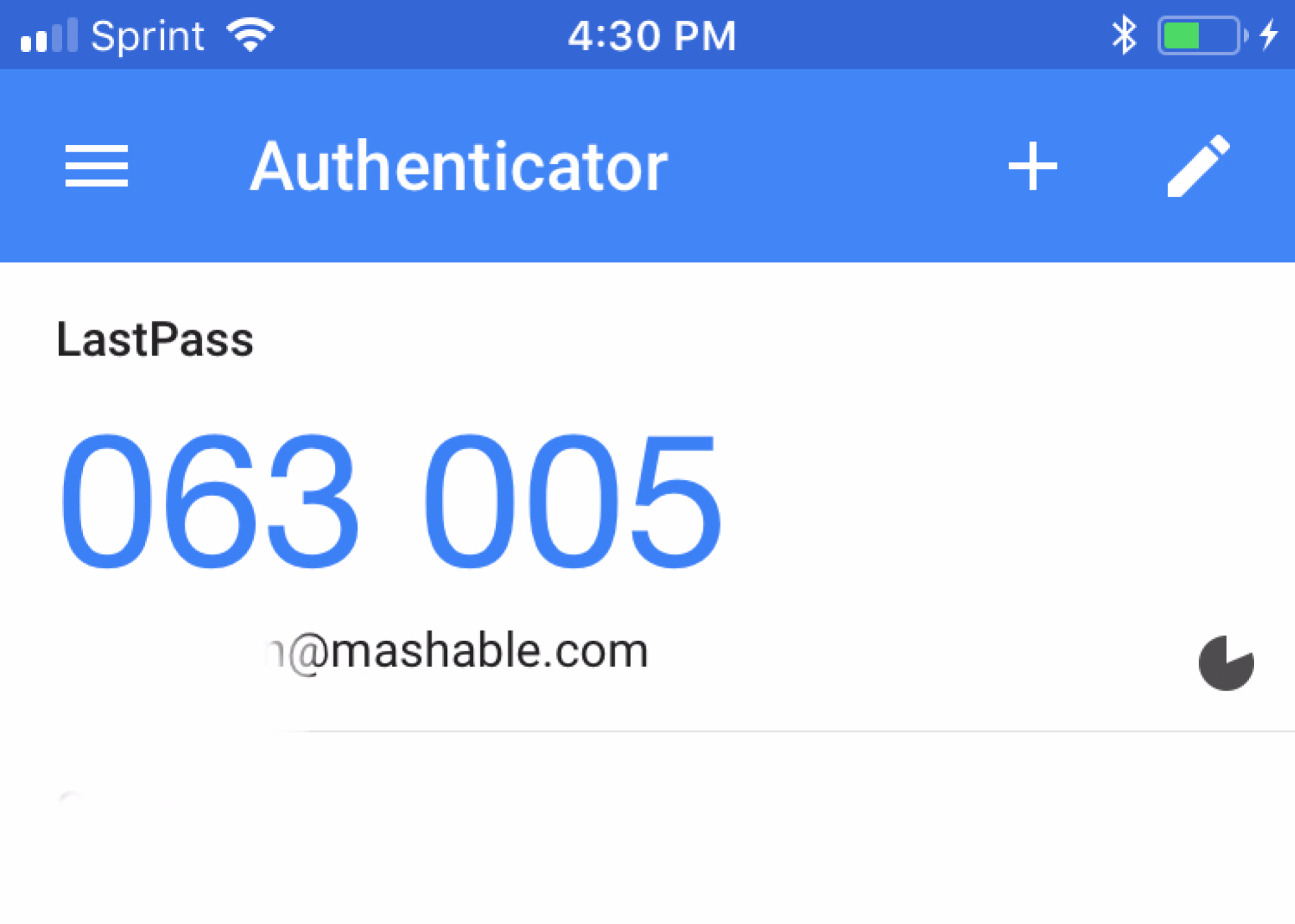Introduction
Welcome to the world of Google Authenticator, a popular two-factor authentication app that adds an extra layer of security to your online accounts. However, like any piece of technology, Google Authenticator is not immune to problems. If you’re here because you’re having issues with Google Authenticator not working, you’ve come to the right place.
In this article, we’ll delve into some common issues that can arise when using Google Authenticator and provide you with practical solutions to get things back on track. Whether you’re encountering problems on your Android device, iPhone, or even your PC, we’ve got you covered. Additionally, we’ll address issues related to syncing and code delivery, ensuring that you can breeze through the troubleshooting process.
But first, let’s understand what Google Authenticator is and why it’s such a popular choice for two-factor authentication. Developed by Google, this app generates time-based one-time passwords (TOTPs) that complement your existing passwords. These one-time passwords are required in addition to your regular login credentials when accessing your accounts, making it significantly more challenging for malicious actors to gain unauthorized access.
Now that you have a basic understanding of Google Authenticator’s purpose, it’s time to dive into the common issues you might encounter and explore the solutions to fix them. Remember, having a reliable two-factor authentication app is crucial for safeguarding your online presence, so let’s get started with troubleshooting the problems you’re experiencing with Google Authenticator.
Common Issues with Google Authenticator
Despite its popularity and effectiveness, Google Authenticator may occasionally encounter some common issues that can leave users frustrated and unable to access their accounts. Understanding these issues is the first step towards finding a solution, so let’s take a look at some of the most common problems:
- Incorrect Time Settings: One of the primary reasons for Google Authenticator not working is incorrect time settings on your device. Since Google Authenticator generates time-based codes, any discrepancy in the time settings can lead to codes being out of sync.
- Device Change: If you switch to a new phone or reset your current device, you may lose access to your Google Authenticator codes. This situation can arise if you haven’t backed up your codes or disabled two-factor authentication prior to the change.
- Code Delivery Issues: Sometimes, you may face problems receiving the verification codes from Google Authenticator. This can result from issues with SMS delivery, email filtering, or other factors that prevent the codes from reaching your device.
- Syncing Problems: Syncing issues can occur when using Google Authenticator across multiple devices. If the codes generated on one device are not in sync with another, it can lead to login failures.
- App Update: Occasionally, after updating the Google Authenticator app, it may stop functioning correctly. This could be due to compatibility issues with the device’s operating system or conflicts with other installed applications.
These common issues can be frustrating, but fear not! The following sections will provide step-by-step solutions to help you resolve each specific problem and get back to using Google Authenticator to secure your accounts.
How to Fix Google Authenticator Not Working on Android
If you’re facing issues with Google Authenticator on your Android device, here are some troubleshooting steps you can follow:
- Check Time Settings: Ensure that the date and time on your Android device are set correctly. Open the Settings app, go to System, Date & time, and enable “Automatic date & time” and “Automatic time zone.”
- Clear App Cache: Sometimes, clearing the cache of the Google Authenticator app can resolve issues. Open Settings, go to Apps or Application Manager, find Google Authenticator, tap on it, and select “Clear cache.
- Restart Authenticator: Restarting the Google Authenticator app can also help. Close the app completely, either through the task switcher or by going to Settings, Apps, Google Authenticator, and selecting “Force stop.” Then reopen the app.
- Disable Battery Optimization: Some Android devices optimize battery usage for apps, which can interfere with Google Authenticator’s operation. Go to Settings, Apps, Google Authenticator, Battery, and disable any battery optimization settings.
- Reinstall Authenticator: As a last resort, you can try uninstalling and reinstalling the Google Authenticator app. Make sure you’ve backed up your codes before doing this step, as uninstalling the app will remove them.
By following these steps, you should be able to resolve most issues with Google Authenticator on your Android device. If the problem persists, you may want to reach out to Google Support for further assistance.
How to Fix Google Authenticator Not Working on iPhone
If you’re experiencing issues with Google Authenticator on your iPhone, don’t worry. Here are some steps you can take to troubleshoot and resolve the problem:
- Check Time Settings: Ensure that the date and time settings on your iPhone are accurate. Go to Settings, General, Date & Time, and enable “Set Automatically.”
- Restart Authenticator: Try restarting the Google Authenticator app by double-clicking the Home button (on older iPhone models) or swiping up from the bottom (on newer iPhone models) to access the app switcher. Find the Google Authenticator app and swipe it up or off the screen to close it. Then reopen the app.
- Update Authenticator App: Make sure you have the latest version of the Google Authenticator app installed on your iPhone. Open the App Store, go to Updates, and check if there’s an update available for the app. If so, tap “Update” to install it.
- Remove and Re-add Accounts: If the issue persists, you can try removing and re-adding your accounts to Google Authenticator. Open the app, go to Settings, and select “Backup accounts.” Then remove the accounts causing problems and add them back by scanning the QR codes or entering the secret keys again.
- Enable Keychain Access: Verify that Keychain Access is enabled for Google Authenticator. Go to Settings, Passwords & Accounts, and ensure that “Keychain” is turned on for Google Authenticator. This allows the app to securely store your codes.
Following these troubleshooting steps typically resolves common issues with Google Authenticator on iPhones. If you’re still encountering problems, consider reaching out to Google Support for further assistance.
How to Fix Google Authenticator Not Working on PC
If you’re facing issues with Google Authenticator on your PC, there are a few things you can try to resolve the problem:
- Ensure Correct Time and Time Zone: Make sure the date, time, and time zone on your PC are accurate. Right-click on the clock in the taskbar, select “Adjust date/time,” and ensure that the settings are correct.
- Disable Proxy or VPN: If you’re using a proxy server or a VPN, try disabling them as they can sometimes interfere with the functionality of Google Authenticator. Go to the settings of your proxy or VPN software and turn them off.
- Clear Browser Cache: Clearing your browser cache and cookies can help resolve issues related to Google Authenticator. Go to your browser settings, find the option to clear browsing data, and select the appropriate checkboxes before clearing the data.
- Try a Different Browser: If you’re experiencing problems with Google Authenticator on one browser, try using a different browser to see if the issue persists. Sometimes, browser-related issues can affect the functioning of the app.
- Disable Browser Extensions: Certain browser extensions or add-ons can conflict with Google Authenticator. Disable any extensions you have installed and try using the app again.
- Update Browser and Authenticator App: Ensure that you have the latest version of your browser and the Google Authenticator app installed. Check for updates in your browser’s settings and update the app from the official website or app store.
By following these steps, you should be able to troubleshoot and resolve common issues with Google Authenticator on your PC. If the problem persists, consider reaching out to Google Support or consulting your IT department for further assistance.
How to Fix Google Authenticator Codes Not Working
Are you encountering issues with Google Authenticator codes not working? Don’t worry; here are some troubleshooting steps you can take to resolve the problem:
- Verify Time Synchronization: Ensure that the time on your device is synced correctly. Incorrect time settings can cause the generated codes to be out of sync. Check the date, time, and time zone settings on your device and make any necessary adjustments.
- Resync the Account: If the codes are consistently not working for a specific account, try resyncing it in the Google Authenticator app. Open the app settings, select the account, and choose the option to resync or synchronize the account.
- Reinstall the App: If the issue persists, try uninstalling and reinstalling the Google Authenticator app. Make sure you have a backup of your account credentials and codes before doing this step. Set up your accounts again after reinstalling the app.
- Generate Backup Codes: Some services provide backup codes in case of issues with two-factor authentication apps. Check if the service you’re trying to access has provided backup codes during the initial setup. Use those codes as a temporary solution if your Google Authenticator codes are not working.
- Contact Account Provider: If none of the above solutions work, it may be necessary to contact the account provider directly. They will be able to assist you in troubleshooting the specific issues you’re facing with Google Authenticator codes.
By following these steps, you should be able to overcome the problem of Google Authenticator codes not working. Remember to ensure time synchronization, try account resyncing, reinstall the app if needed, and utilize backup codes if provided. If all else fails, reach out to the account provider for further assistance in resolving the issue.
How to Fix Google Authenticator Not Syncing
Is your Google Authenticator not syncing codes across your devices? This can be frustrating, but there are steps you can take to fix the syncing issue:
- Check Internet Connectivity: Ensure that all devices using Google Authenticator have a stable internet connection. Poor or intermittent connectivity can prevent the app from syncing properly.
- Update Google Authenticator: Make sure you have the latest version of the Google Authenticator app installed on all your devices. Visit the app store or Google’s official website to check for updates and install them if available.
- Reinstall Google Authenticator: If the syncing issue persists, try uninstalling and reinstalling the Google Authenticator app on all devices. Before doing this, ensure you have a backup of your account credentials and codes.
- Resync Accounts: To re-establish syncing, go to Google Authenticator’s app settings and select the option to resync or synchronize your accounts across devices. This can help resolve any syncing discrepancies.
- Enable Account Transfer: If you have multiple devices and want to transition to a new one, enable the account transfer option in Google Authenticator settings. This will allow you to easily transfer your accounts and ensure syncing between devices.
- Use Backup Codes: If all else fails, rely on backup codes provided by the service you’re using Google Authenticator with. These codes can be used temporarily while you troubleshoot the syncing issue.
By following these steps, you should be able to resolve the syncing problem with Google Authenticator. Ensure stable internet connectivity, update the app, reinstall if necessary, resync accounts, enable account transfer, and utilize backup codes when needed. If the issue continues, consider reaching out to the account service provider for further assistance.
How to Fix Google Authenticator Not Sending Codes
Are you experiencing issues with Google Authenticator not sending codes to your device? Don’t worry; there are solutions you can try to resolve this problem:
- Check Internet Connection: Ensure that your device has a stable internet connection. Without a reliable connection, Google Authenticator may not be able to send the verification codes.
- Verify Phone Number: If you’re using Google Authenticator with a phone number, make sure it is correct and up-to-date. Sometimes, issues can arise if the phone number is outdated or belongs to a different device.
- Check SMS/Gateway Restrictions: Some mobile networks or countries have restrictions on receiving SMS messages or using certain gateways. Confirm with your mobile network provider if there are any restrictions in place that could be preventing you from receiving the codes.
- Disable Do Not Disturb Mode: If your device is in Do Not Disturb mode, it may be blocking notifications, including the verification codes from Google Authenticator. Disable Do Not Disturb mode and check if you start receiving the codes.
- Restart Authenticator: Try restarting the Google Authenticator app by closing it completely and reopening it. Sometimes, this simple step can resolve temporary issues with sending codes.
- Reinstall Google Authenticator: If the problem persists, try uninstalling the Google Authenticator app and then reinstalling it. Remember to back up your account credentials and codes before doing this.
- Use Alternative Methods: If Google Authenticator still doesn’t send codes, consider using alternative methods offered by the service you’re trying to authenticate. Some services provide backup codes or offer the option to receive codes via email or phone calls.
By following these troubleshooting steps, you should be able to fix the issue with Google Authenticator not sending codes. Ensure a stable internet connection, verify your phone number, check for SMS/gateway restrictions, disable Do Not Disturb mode if enabled, restart the app, reinstall if necessary, and use alternative methods if available. If none of these solutions work, reach out to the service provider for further assistance.
Tips for Using Google Authenticator
To ensure a smooth and secure experience with Google Authenticator, here are some valuable tips to keep in mind:
- Enable Two-Factor Authentication (2FA): Take advantage of Google Authenticator by enabling 2FA on all your important online accounts. This adds an extra layer of security and helps protect your accounts from unauthorized access.
- Keep Backup Codes: When setting up Google Authenticator, make sure to save the backup codes provided by the service. These codes can be used in case you lose access to your device or experience issues with the app.
- Store Secret Keys Securely: Secret keys are crucial for setting up Google Authenticator on multiple devices. Safely store these keys in a password manager or a secure location, ensuring they are easily accessible when needed.
- Regularly Back Up Google Authenticator: Protect yourself from losing your codes by regularly backing up Google Authenticator. Many services offer options to back up accounts within the app or provide alternative means of account recovery.
- Use Different Devices: Install Google Authenticator on multiple devices, such as your smartphone and tablet, to ensure you have backup options in case one device becomes unavailable or malfunctions.
- Update Apps and Devices: Regularly update your apps and devices to ensure you have the latest security features and bug fixes. This includes updating the Google Authenticator app itself.
- Keep Devices Protected: Keep your devices secure by using strong passwords or biometric authentication methods. Remember to lock your device when not in use and enable remote tracking and remote wipe features.
- Test Before Fully Relying: Before fully relying on Google Authenticator, perform a test authentication to ensure that the codes are working correctly and being accepted by the service you’re using.
- Consider Hardware Tokens: If you prefer an alternative to using a mobile app, consider using hardware tokens for two-factor authentication. These devices generate codes without the need for a mobile device.
By following these tips, you can enhance the security and convenience of using Google Authenticator. Enable 2FA, keep backup codes, securely store secret keys, regularly back up the app, use multiple devices, update apps and devices, keep devices protected, test the functionality, and explore hardware token options. Implementing these practices will help fortify your online accounts and protect your sensitive information.







